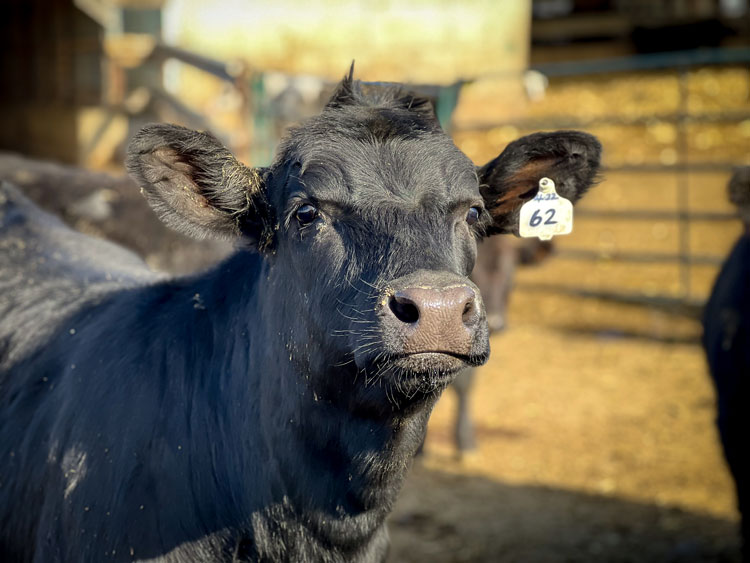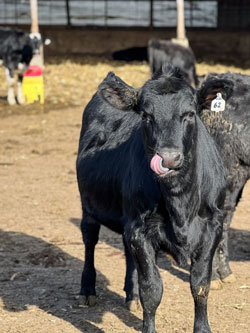
Our first snowfall last week made me think of the notion that no two snowflakes are identical. Each one has its own unique properties that make it one of a kind. That same sentiment rings true in reference to cows.
You would think that after years of growing up with cows and working with them, that a cow is simply a cow. That’s far from reality for farmers, though. While there are plenty of average milk cows, steers, heifers, and young calves around the farm, they all have unique quirks or personalities that can make them memorable.

From their size, coloring, and health to their production, family history, and demeaner — cows run the gamut in every herd. A walk through the barn with most farmers will reveal quick remarks about many of the cows’ behavioral or physical traits. Whether we call them by name or number, farmers can tell you a lot about each cow just from memory (even with hundreds or thousands of animals to keep track of). Some can rattle off a cow’s pedigree while others are more focused on the numbers surrounding production. I’m more apt to remark on each cow’s personality and a bit about their typical behavior.
Not only does this ring true when talking about our beloved milk cows, but the feeder steers, newborn calves, and replacement heifers all have their own set of characteristics that give them a unique presence. No matter what age group you’re referring to, there are usually identifiers for many of the animals. There are big ones, little ones, clever ones, and slow ones. There are pushy ones, friendly ones, chronically sick ones, and healthy as a horse ones. There are white ones, black ones, red ones, or roan ones. There are cute ones, sweet ones, mean ones, and mischievous ones.
There are cows like our #1510, a cow that will push open any gate that isn’t chained. There are cows like #1712 that cannot help but stand in the waterer during the hot summer months. There are cows like #1703 that you have to push out of the way because they are so friendly. And there are cows like #1860 who only lay in one stall and always lay backwards. There are also little, old cows like #553 that are consistent producers and spry, young cows like #2020 that sneak their way through the line to get milked.
No matter the reason for being memorable, all cows are unique, and farmers pay attention to each and every one.

The author dairy farms with her parents and brother near Hawkeye, Iowa. The family milks approximately 300 head of grade Holstein cows at Windsor Valley Dairy LLC — split half and half between a double-eight parallel milking parlor and four robotic milking units. In the spring of 2020, Molly decided to take a leap and fully embrace her love for the industry by returning full time to her family’s dairy.





